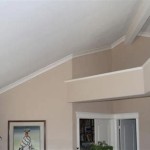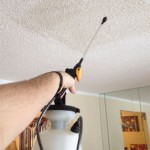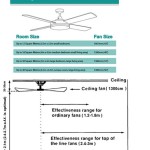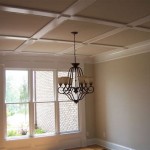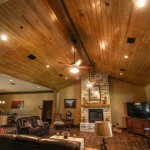Asbestos ceiling tiles can often be found in older homes, businesses and public buildings. Since asbestos is a known carcinogen, it is important to know how to identify asbestos ceiling tiles so they can be properly removed. With the right information and proper safety precautions, you can easily identify asbestos ceiling tiles and make sure they are removed properly.
What Are Asbestos Ceiling Tiles?
Asbestos ceiling tiles were a popular choice in the 1950s and 1960s when they were often used in commercial buildings and homes. Asbestos was used in tiles because it was lightweight, fire-resistant and inexpensive. Asbestos ceiling tiles can contain anywhere from 5-50% asbestos, making them a potential health hazard to anyone who disturbs them.
How To Identify Asbestos Ceiling Tiles?
The first step in identifying asbestos ceiling tiles is to look for tiles that are more than 25 years old. Asbestos was used in a wide variety of ceiling tiles during this time, so the age of the tile is a good indicator. If the tiles have been painted or have been covered with another material, it is still possible for them to contain asbestos.
The second step is to look for visual clues. Asbestos ceiling tiles can be identified by their texture and colour. Asbestos ceiling tiles are usually grey in colour and have a fibrous or fuzzy texture. If you see any of these signs, it is important to take additional steps to determine if the tile contains asbestos.
The third step is to have the tiles tested for asbestos. You can hire a professional to come in and take samples of the ceiling tiles. The samples will then be sent off to a laboratory to be tested for asbestos. If the tests come back positive, it is important to hire a professional to remove the asbestos ceiling tiles.
Conclusion
Identifying asbestos ceiling tiles is a critical part of protecting yourself and your family from the potential health hazards of asbestos. By following the steps outlined above, you can easily identify asbestos ceiling tiles and make sure they are removed safely and properly.















Related Posts

